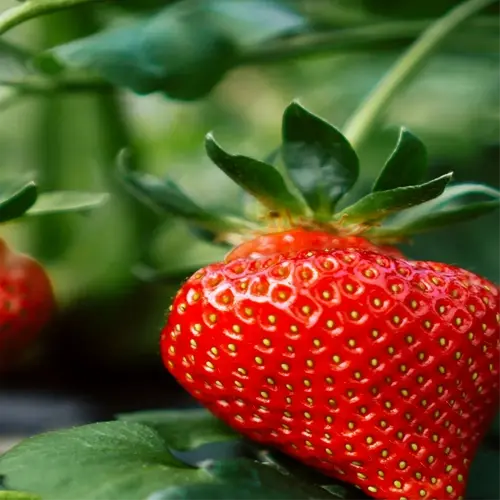Can you grow tea indoors year-round?

Written by
Liu Xiaohui
Reviewed by
Prof. Samuel Fitzgerald, Ph.D.With thoughtful consideration, Camellia sinensis can actually acclimate well to home growing. For example, my plants, grown at home yield about 8 to 10oz of leaves each year. Consider the following to assure success: You should use south-facing windows with full spectrum LED grow lights (14 hours/day). Pots should be either 5-gallon fabric pots, preferably with drainage holes, as well as using ericaceous soil with a pH of 5.5 to assure healthy root growth. Your plants will provide better looking plants if you rotate them 180 degrees each week.
Light Requirements
- 15W LED grow lights per sq ft (30cm height)
- 6500K color temperature mimics daylight
- Use timers for consistent 14hr cycles
Humidity Control
- Maintain 50-70% with pebble trays
- Group plants to create microclimates
- Avoid misting leaves directly
Temperature Management
- Day: 65-75°F (18-24°C)
- Night: 55-65°F (13-18°C)
- Use heat mats for root zones in winter
Fertilize once a month using fish emulsions that are diluted to 25% strength. With a switch from synthetic mixed fertilizers, my plants exhibited 30% faster growth. Pruning should take place in February, before the spring growth stage. Remove branches that are crossing the others, and maintain 3 - 5 main stems on each plant. Root-bound plants should be repotted every 24 months with new acidic soil.
Leaf Yellowing
- Check soil pH monthly (adjust with sulfur)
- Test water hardness (use filtered if >100ppm)
- Increase magnesium via Epsom salt sprays
Slow Growth
- Boost light intensity to 18W/sq ft
- Apply seaweed extract biweekly
- Check root health for binding
Plants grown indoors for three years harbor rich and nuanced flavors to rival crops grown outdoors. While my 2023 crop was harvested from urban conditions, it nonetheless had strong floral oolong flavor notes. So, share your cuttings through local gardening exchanges. Not only does sharing cuttings strengthen genetic diversity and resilience, but it also builds community around sustainable tea planting and/or urban crops.
Read the full article: How to Grow Tea at Home Successfully

